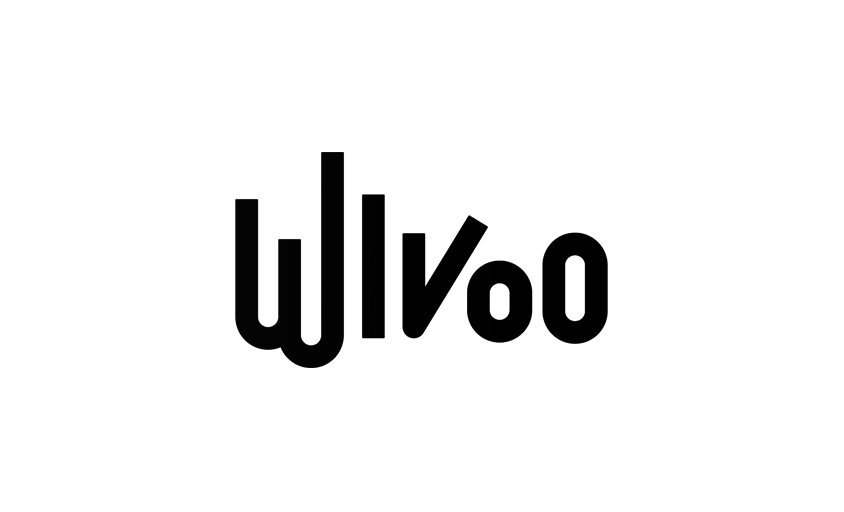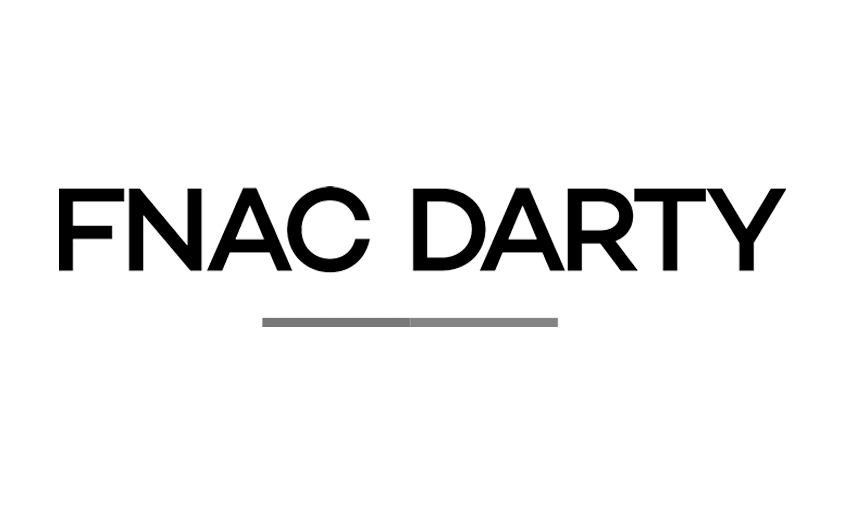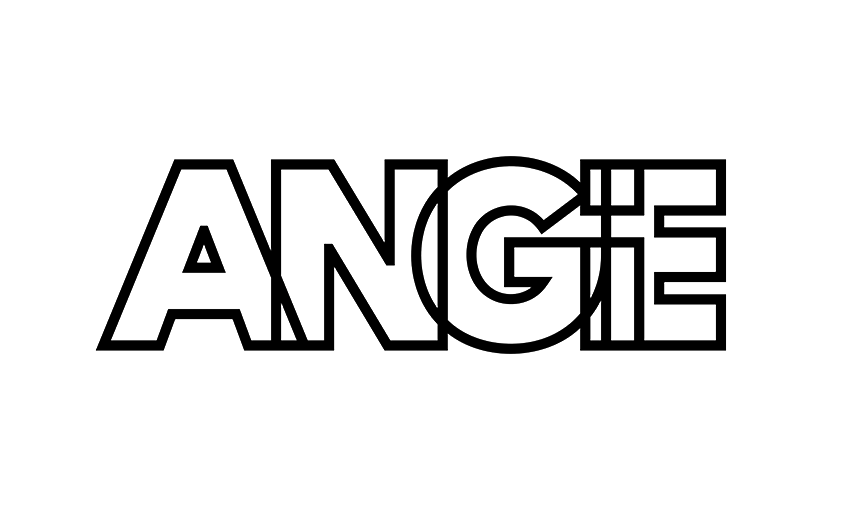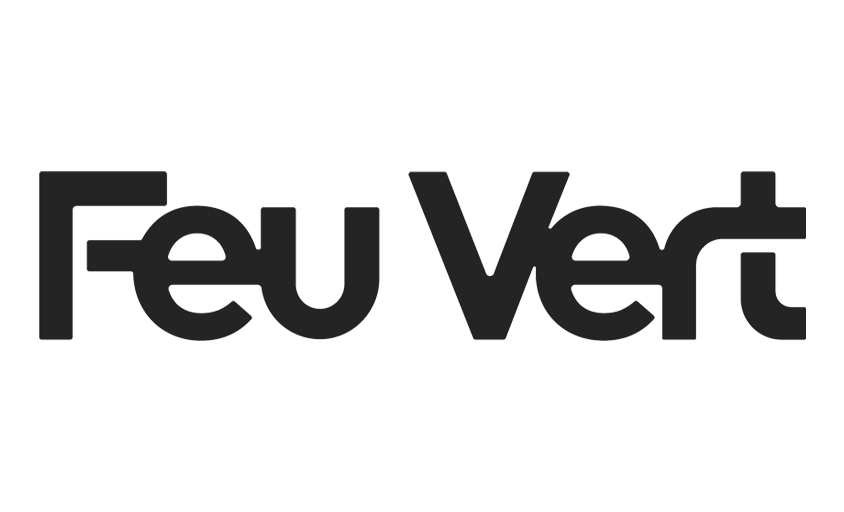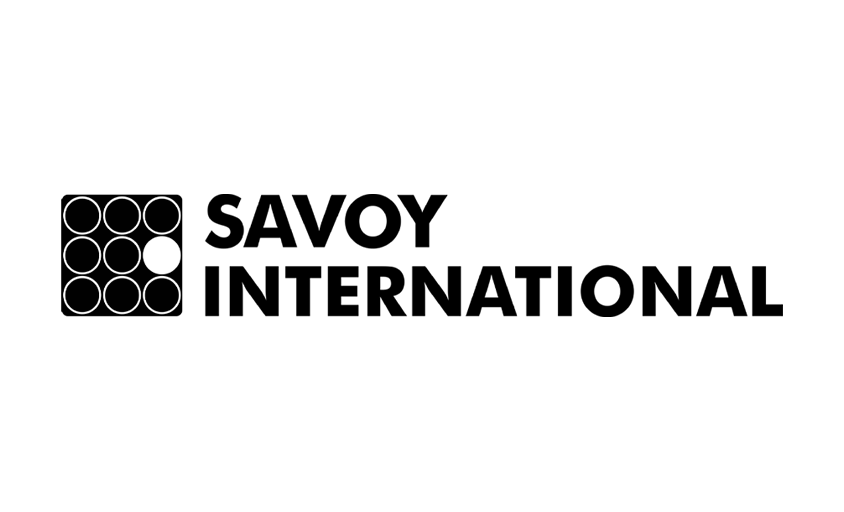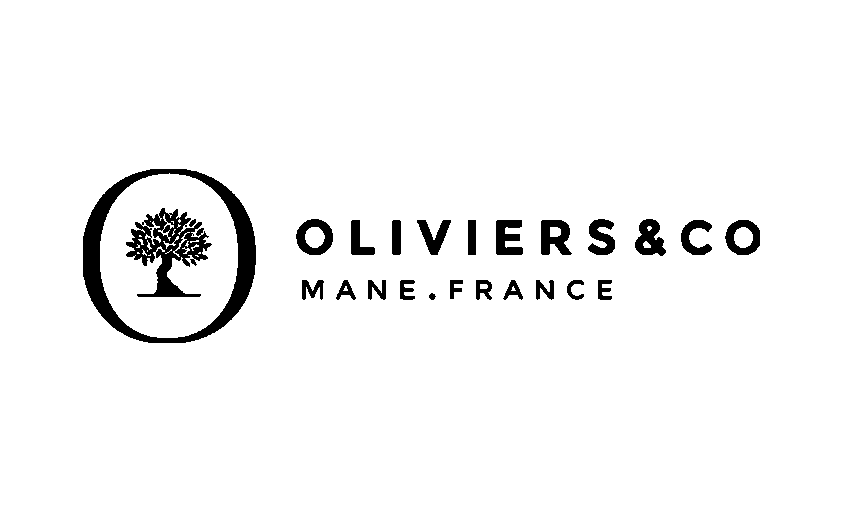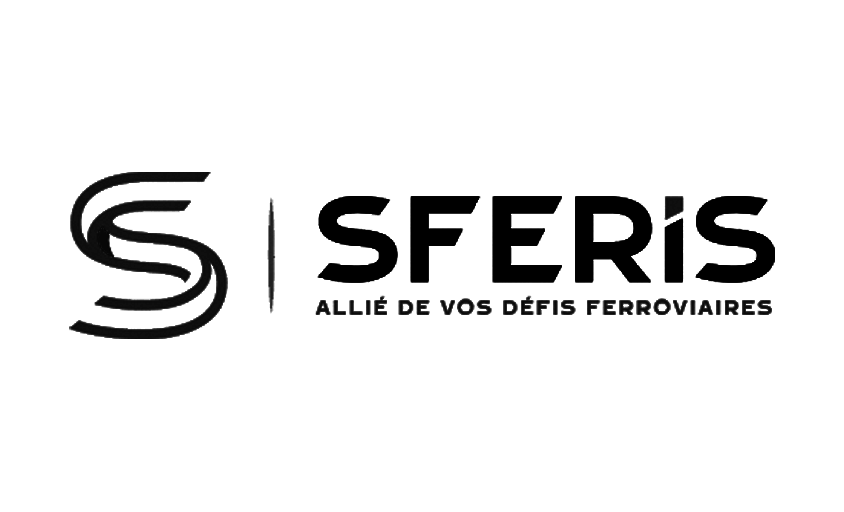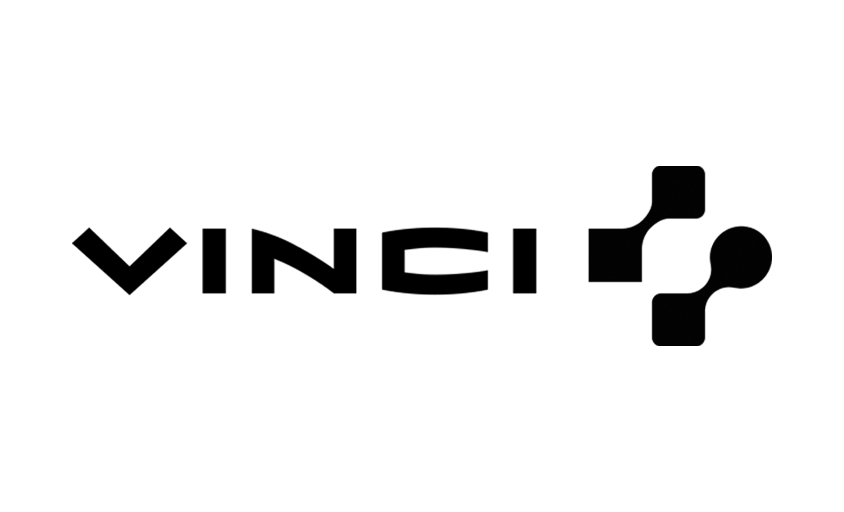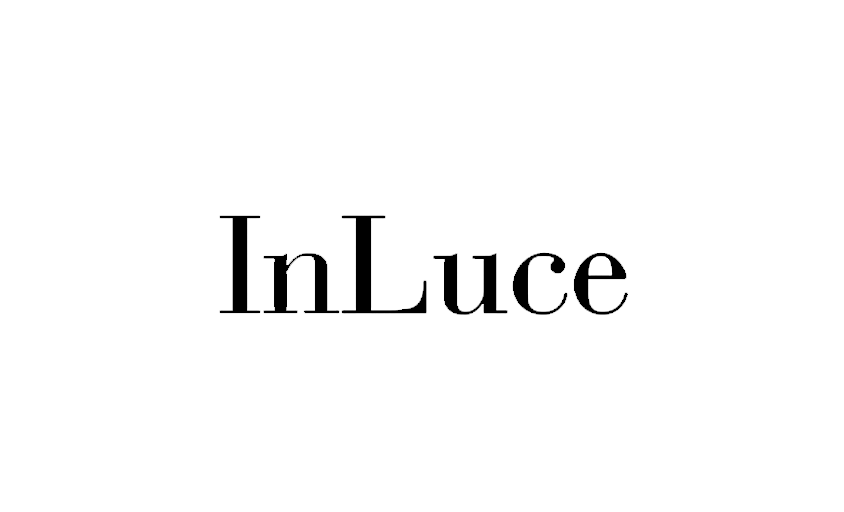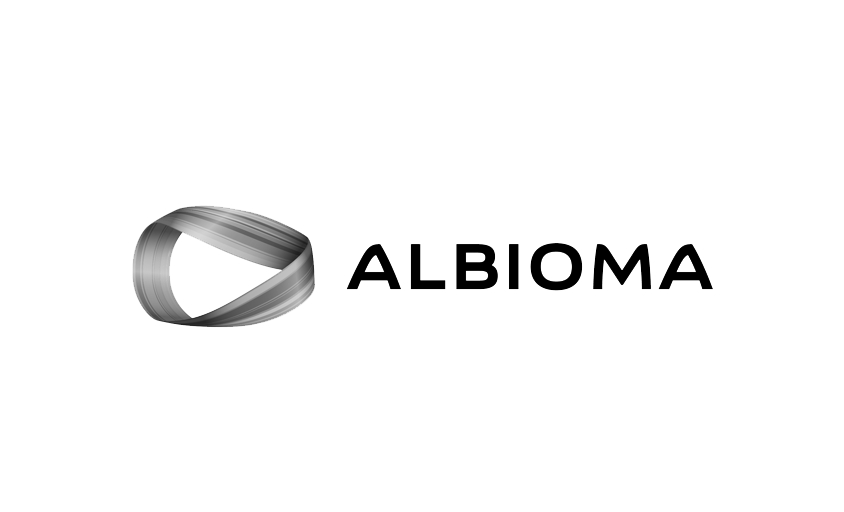Transfer lettering
In this article :
Transfer lettering, often associated with the iconic brand Letraset, refers to a process that allows letters or typographic characters to be transferred from one surface to another. Invented in the 1960s, this technique revolutionized the world of layout design, graphic design, and signage by offering a simple and precise way to apply text without the need for professional printing.
How It Works
The technique uses sheets with letters or designs pre-printed on one side and adhesive on the other. The user places the sheet onto the desired surface and rubs the back with a hard tool (typically a stylus or the back of a pencil), transferring the letter or image onto the surface. This process allows for precise placement, making it ideal for titles, logos, and all forms of decorative or informational text.
Advantages of Transfer Lettering
- Precision: Allows for accurate placement of characters—essential for professional layouts.
- Flexibility: Can be used on a variety of surfaces, including paper, cardboard, wood, and even some plastics.
- Accessibility: Offers an affordable and accessible solution for small-scale projects or craft work.
- Variety: Available in a wide range of fonts, sizes, and colors, offering great creative freedom.
Applications
- Graphic Design: Used for creating posters, flyers, and mock-ups before the digital era.
- Signage: Enables quick production of informational or decorative signs.
- Art and Crafts: Employed in scrapbooking, object customization, and other creative projects.
Evolution and Alternatives
With the rise of digital technology and desktop publishing software (DTP), the use of transfer lettering has declined, as these new methods offer greater flexibility and possibilities. Nonetheless, transfer lettering still holds value for specific applications and in the realm of creative hobbies, where the tactile sensation and manual process remain appreciated.
Conclusion
Though partially replaced by digital technologies, transfer lettering remains a valuable tool in various contexts—especially for crafts, object design, and certain types of signage. Its ease of use, combined with precision and high-quality results, continues to make it a favored technique among design and typography enthusiasts, both amateur and professional.
Jérémy Carlo is the editorial director at Rétines, where he ensures the consistency and clarity of all content produced by the studio.
Our Clients
Let’s discuss
What we do for you at Rétines
Meticulous work, an organised project and fast delivery. And to achieve this, we mobilise the right resources in our teams at the right time.
01
Pre-production
Artistic and technical direction tailored to the project.
Relevant recommendations on content, form and resources.
02
Photo Shooting
Photos taken by our experienced photographers.
Production that’s controlled, efficient and tailored to the needs of the project, with nothing superfluous.
03
Retouching
Technique
Photographs magnified by our retouching team.
Post-production to meet the commercial challenges of the brief.

